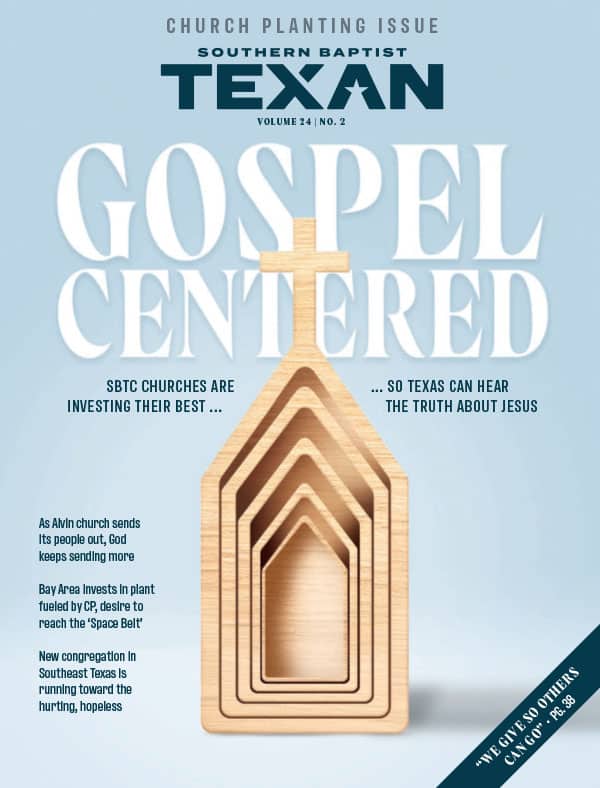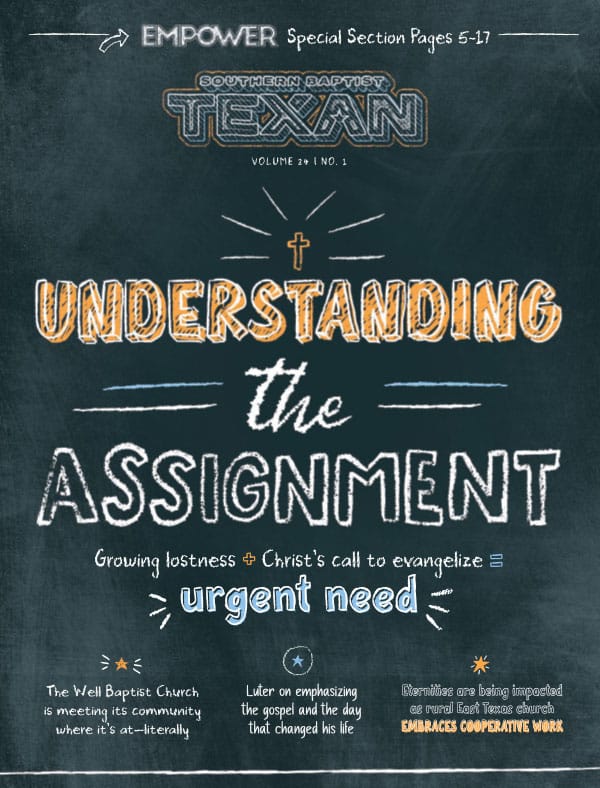Will Sawyer is a tough guy with a soft heart. Tall and muscular, he was a military man and then an FBI Hostage Rescue Team leader until an explosion nearly killed him left him discouraged and disabled.
Today, he travels the world and accesses the safety and security level of skyscrapers while also keeping a close eye on his wife and two children – the three people he says make life worth living.
“I don’t know where I’d be without my family,” he says.
His latest job has him in Hong Kong examining the world’s tallest skyscraper, a 220-story behemoth that’s so large it has its own power plant and, of course, a high-tech anti-fire system that the experts call fool-proof. But is it?
Sawyer’s day is going as planned until he learns of a plot to set fire to the building and kidnap the owner. That’s bad enough, but when he discovers his family is at the very top of the building – above the area of the planned explosion – his day grows tragic. He pledges to do everything he can to save them, but … how?
The action-filled Skyscraper (PG-13) opens this weekend, starring Dwayne Johnson (Jumanji, Moana) as Sawyer; Neve Campbell (Scream series) as his wife, Sarah; and Pablo Schreiber (13 Hours) as a bad guy, Ben.
Skyscraper is but the latest disaster movie in a long line of peril films out of Hollywood, but its family-centric message – focusing on a loving father doing everything in his power to rescue his family — sets it apart. Essentially, it’s a pro-traditional family flick wrapped in a disaster plot, with a bit of language and a ton of peril and violence sprinkled all around.
It won’t be everyone’s cup of tea, but I was surprised at the message. Still, there was plenty that I didn’t like. Let’s examine the details.
Warning: minor/moderate spoilers!
(Scale key: Minimal, moderate, extreme)
Violence/Disturbing
Extreme. With lots of explosions, fisticuffs and gun fights. Sawyer and another man engage in a lengthy hand-to-hand fight that includes a knife and a broken television. A man is shot and killed. We see the building set on fire. Police are shot. A man is shot and killed at point-blank range. A woman is killed that way, too. The bad guys enter a room with machine guns and begin shooting, killing most. A helicopter crashes and burns. A man falls off the building. Children are held hostage. Also, it’s worth mentioning: If you’re scared of heights or have nightmares about dying in a fire, then this movie isn’t for you.
Sexuality/Sensuality/Nudity
None. A couple share a brief kiss.
Coarse Language
Minimal/moderate. About 15 coarse words: s—t (6), misuse of “God” (5), OMG (1), f-word (1), d—n (1), h-ll (1). Also: “screw it” (3) and sucks (2). The f-bomb seemed out of place and pointless. Why, Hollywood? That said, Skyscraper contains little language for a PG-13 film.
Other Stuff You Might Want To Know
Sawyer was injured 10 years ago in an explosion that left him without a lower leg (below the knee). He wears a prosthetic limb.
His daughter is called “princess” by one of the bad guys. The long-haired girl responds: “I’m a king.”
Life Lessons
Skyscraper has its flaws, but it’s nevertheless full of life application, led by its message about family. (See Worldview, below). The film contains a great lesson about overcoming disabilities, too. Finally, there are lessons about courage, bravery and teamwork.
Worldview
Jesus told more than 20 parables while he walked on Earth, and none of them – not surprisingly – involved tall buildings. But if we were to write our own parable about the lengths a father should go to protect and rescue his family, Skyscraper might be it. That’s because the movie’s theme isn’t “beat the bad guys” – as is the case with most action movies – but instead is this: Sacrifice for your wife and kids. Provide for them. Love them. Family is essential.
“Her life is what matters to me – not mine,” Sawyer says in one scene, referencing his daughter.
If only every goofy PG-13 film had this much meaning.
What Works
The rescue. The wide vistas. The 220-floors-from-the-ground scenes that make your stomach churn.
What Doesn’t
Yes, the theme is great, but the plot is thin and confusing. I’m still not sure why the bad guys wanted to burn down the building. This isn’t supposed to be Casablanca, though. Grab the popcorn and enjoy the ride.
Discussion Questions
- Was Will Sawyer similar to or different from the fathers you know?
- Did the movie change how you view parenting and/or children? If so, how?
- What positive characteristics should you borrow from Will Sawyer?
- What is the movie’s message about love?
- What is the movie’s message about disabilities?
Entertainment rating: 3 out of 5 stars. Family-friendly rating: 2.5 out of 5 stars.
Rated PG-13 for sequences of gun violence and action, and for brief strong language.











